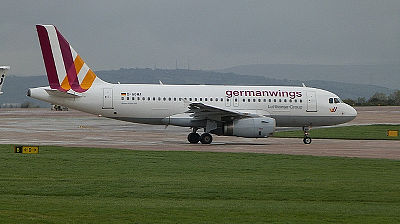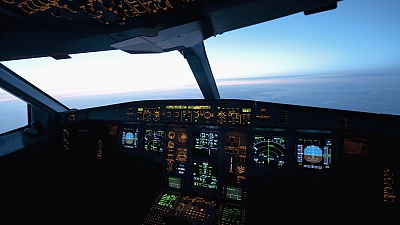4 Common Airplane Accidents You Don't Need to Be Too Scared of

It's only natural that anything unusual happening on an aircraft, where there's no escape route and an accident could be fatal in the worst case scenario, can seem scary. Guido Karim Jr., a senior lecturer in aviation at Griffith University, looks at 'scary but actually expected accidents' and explains how to deal with them when they occur.
These 4 aircraft failures are more common than you think – and not as scary as they sound
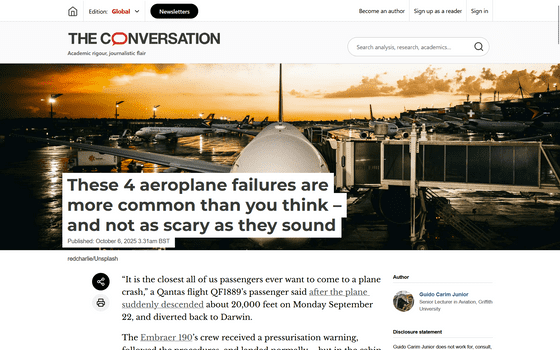
'Pilots are thoroughly trained to deal with accidents, and checklists detail how to deal with each problem. Aircraft are designed with multiple redundancies, and warning systems alert pilots to problems. A sudden dive or emergency landing does not necessarily mean a disaster; it is usually a sign that safety systems are working as expected,' said Karim Jr., before introducing four common examples of accidents that often occur.
◆1: Malfunction of the air conditioning/pressurization system
At cruising altitude, the air supplied by the engines is conditioned by an air conditioning system to maintain a comfortable cabin pressure (cabin altitude). This artificial pressure allows humans to stay comfortable, even though the atmosphere outside the aircraft is extremely harmful to humans. However, if a system malfunctions or the pressure changes for any reason, the crew will assume a potential problem has occurred and will immediately initiate protocols to prevent an accident.
If a malfunction in the cabin pressurization is detected, the pilot immediately dons his or her oxygen mask, declares an emergency, and follows an emergency descent checklist to descend the aircraft as quickly as possible to a prescribed altitude, after which the aircraft will typically land at an alternate airport or return to the departure airport.
The protocol begins with what is often perceived as a rapid descent, a feeling of fullness in the ears, and sometimes a request to don an oxygen mask, most commonly a rapid descent without deploying the oxygen mask.
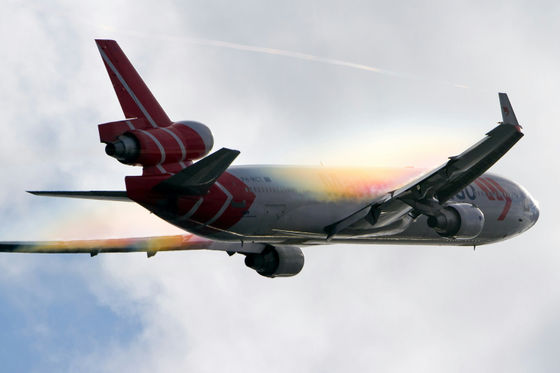
◆2: Engine failure
Although two-engine passenger planes are certified to fly safely even if one engine stops working, the failure of even one engine can be a serious problem, so pilots undergo extensive training in flight simulators at least once a year to simulate a single-engine failure.
It is extremely rare for both engines to fail; for example, the US Airways Flight 1549 water landing accident, known as the '
When an engine fails, passengers may hear a loud explosion, see fire coming from the engine, feel vibrations, smell something burning, or even suddenly feel silence.
After receiving the warning, pilots identify the affected engine and follow a checklist to take action, which typically involves shutting down the problem engine, descending to an appropriate altitude, rerouting if in cruising flight, or returning to the departure airport if just after takeoff.
If an engine failure damages other systems, there will be a chain of warnings, and pilots are trained for this too.
Most recently, on September 10, 2025, American Airlines Flight 2035 to San Francisco experienced a bird strike and an engine fire, but managed to land safely. At the time, the smell of smoke was detected inside the plane, and something burning was confirmed.
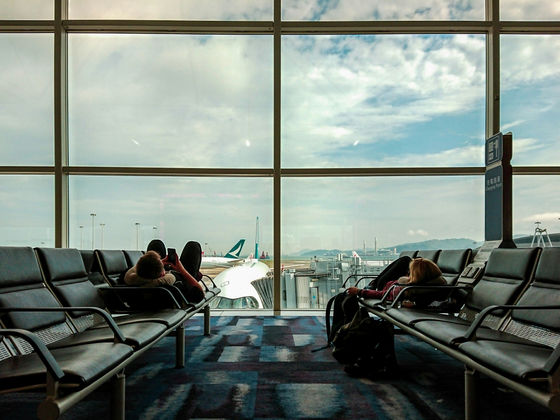
◆3: Hydraulic trouble and flight control device
Many of the flight controls are operated by multiple hydraulic or electrical systems, which means that if one system fails, the others can compensate.
If a problem occurs with these systems, pilots use a prepared checklist to adjust speed, distance, and landing configuration to attempt a safe landing. In July 2025, Qantas flight QF2079 to Melbourne made
This is possible because modern aircraft designs and training programs are informed by lessons learned from past extreme situations, such as the 1989 United Airlines Flight 232 crash , which resulted in the loss of all hydraulic systems.
◆4: Landing gear and braking system failure
Commercial aircraft are equipped with retractable landing gear that remains stowed in hangars for most of the flight. It is common to see the wheels deployed before landing, but these systems have many moving parts, and the landing gear may not deploy or retract properly, or may malfunction due to a loss of hydraulics or other braking system issues.
In such cases, the plane may be forced to make a belly landing, and cabin crew will issue a warning on board saying, 'Prepare for impact.' There are correct procedures in place for such an event, and the crew will act accordingly.
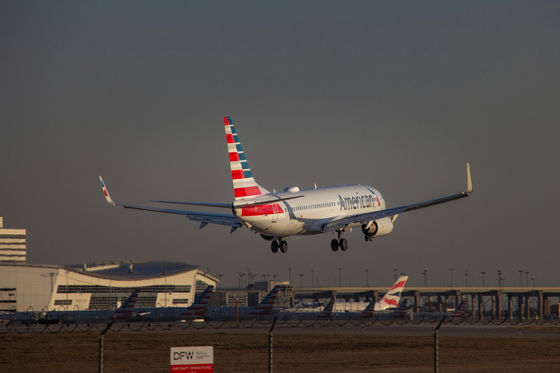
'Checklists, rigorous training, decades of expertise, multiple redundant systems and robust designs keep aircraft safe, and these flights usually end with a safe landing and little more than minor passenger upset,' Karim Jr. said.
Related Posts:
in Vehicle, Posted by log1p_kr
